Luxury Turkey Travel
Turkey is a large peninsula that bridges the continents of Europe and Asia. Turkey is surrounded on three sides by the Black Sea, the Mediterranean Sea, and the Aegean Sea. Istanbul, the largest city in Turkey, is built on land in the Bosporus seaway. The city is partly in Europe and partly in Asia. Turkey is larger than the state of Texas state in USA.
Turkey is one of the most earthquake prone areas on Earth and has suffered from 13 earthquakes in the past 70 years. The North Anatolian Fault extends hundreds of miles from the Sea of Marmara in the western part of the country to the Eastern Anatolian Highlands. The fault moves back and forth about 8 inches (20 centimeters) a year.
Turkey’s highest mountain, Mount Ararat has two peaks, with Great Ararat reaching 16,945 feet (5,165 meters). The mountain is considered sacred by many people and is believed to be where Noah beached his ark after the great flood.
Many tours can be arranged in Turkey, there are very good land and air connections between the cities and historical sites. If you follow links on the right menu you will find some sample itineraries of major routes. Some of these tours are run on regular basis with a group all year around and some are run only on private basis depending on the number of participants.
Important tours inside turkey were Religious Tours (Seven Churches of Apocalypse, Following Foot-steps of Saint Paul, Antioch, Nicea, Ephesus, Cappadocia, Jewish Heritage, Ottoman & Islamic Arts, etc.); Sports & Adventure Tours (Hiking, Mountain Biking, Rafting & Canoeing, Paragliding, Hunting, Jeep Safari, Rock Climbing, Skiing, Zipline, etc.); Bare-boat Sailing departing from various marinas, Private Boat Cruise, Gullet boat charter, Culinary classes for the traditional Turkish cuisine, Rent a Plane with a pilot, Helicopter ride over Istanbul, and so on…
Turkey is vast and varied: an ever-changing landscape of ancient cities, soaring mountains, sparse steppes, and majestic coastline. Geographically it marks the transition from Europe to the Middle East and Asia and culturally is a crossroads between Persia, Anatolia, Arabia, and Russia. In short, it’s quite the melting pot!
All tours of Turkey start in – where else? – Istanbul. The city is Turkey in microcosm, famed as sitting half in Europe and half in Asia. Approximately 3,000 years old, this remarkable settlement has been the capital of three major civilizations – Roman, Byzantine, Ottoman – and has also served as one of the world’s great port cities, marking a vital waypoint between continents and waterways. All told it’s an astonishing city, steeping in stories and dripping in historical treasures, and rightly lists high in any intrepid traveler’s all-time favorites.
Several millennia of trade, migration, and competing civilizations have left their mark all over the peninsula, with Turkey boasting some of the world’s great cultural treasures. Historical sightseeing here competes with anything in Greece, Egypt, or the Middle East, with tantalizing glimpses of the ancients seen in the ruins of Ephesus, Pergamon, Aphrodisias, and Troy.
Turkey is a land of natural wonders too: take in the unmissable fairy caves of Cappadocia – best viewed on an unforgettable hot air balloon flight – or the enchanting calcium terraces of Pamukkale. In Turkey’s rugged interior and far-flung east you’ll also find majestic mountains: gorgeous hikes abound in the Kackar region, while Turkey’s ‘Easter Island’ can be viewed in mysterious Mount Nemrut.
And to top it all, you have the coast: ringed on three out of four sides by the Aegean, Mediterranean, and Black Seas, Turkey is a sand, sea, and sailing wonderland. The high point comes along Turkey’s world-renowned ‘Turquoise Coast’: a string of jewels running through Izmir, Bodrum, Fethiye, Kas, and Antalya, offering beautiful beaches, fantastic food, and off-shore adventures.
Here is a summary of some of the best and most popular areas to visit.
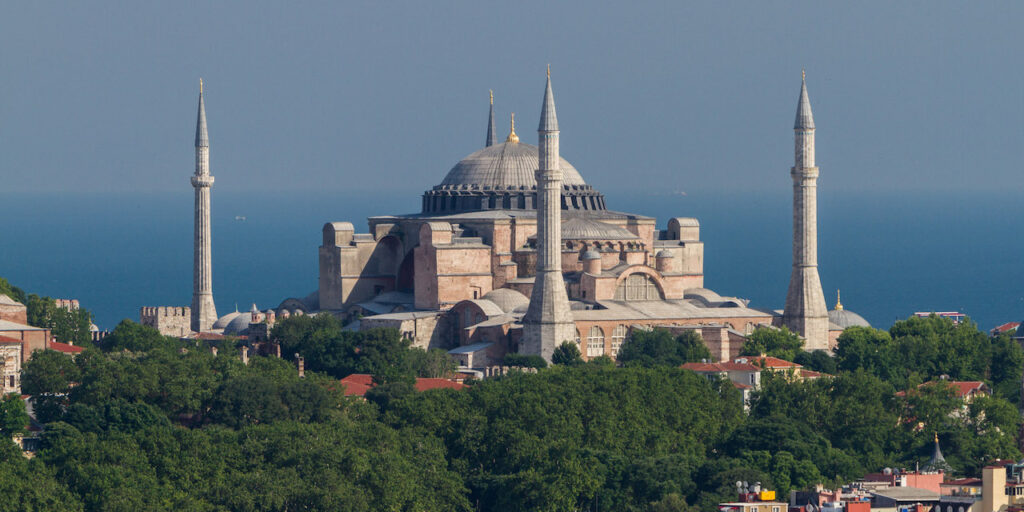
The world’s only city that straddles two continents, the Turkish capital is a place where East meets West, with one side of the Bosporus Strait in Asia and the other in Europe. Its culture reflects that divide, providing an enchanting mix of grand palaces and majestic mosques, an ancient market overflowing with colorful spices and a diverse array of incredible cuisine. Istanbul possesses a rich and complicated heritage as the former capital of the Ottoman and Byzantine empires, leaving behind many iconic landmarks and a unique blend of architecture. Walking down the street you might see a modern glass skyscraper next to a Byzantine church or a bazaar backed by a bustling shopping mall. The narrow strait that cuts the city in two connects to the Black Sea in the north and the Sea of Marmara in the south – from the water, you’ll see a skyline of soaring towers, steeples, and domes.
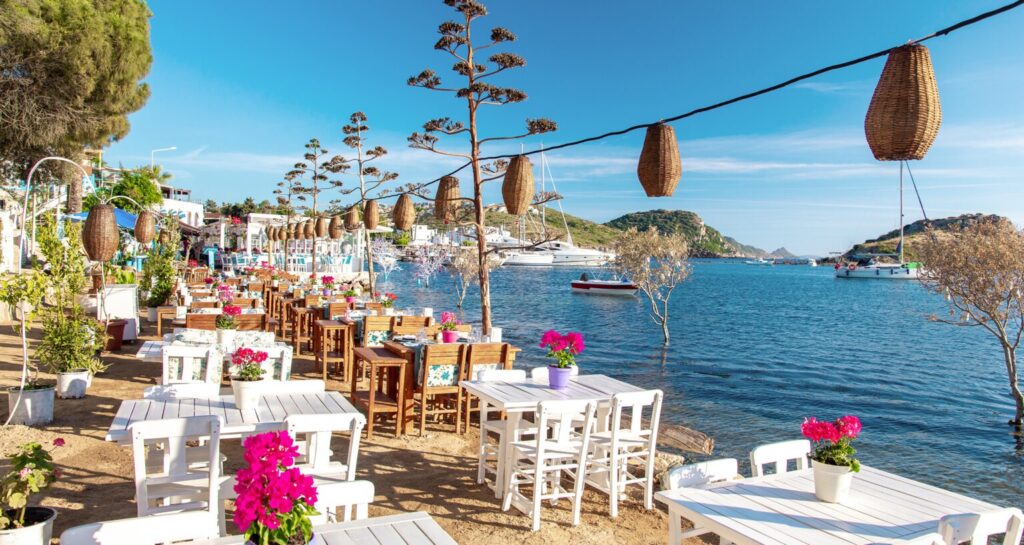
Lying along the southern Aegean coast, Bodrum may be a modern resort town, but it’s home to the ruins of the Mausoleum of Halicarnassus, one of the Seven Wonders of the Ancient World. Toppled by a series of earthquakes between the early 12th and early 15th centuries, the polished stone and marble from the massive monument were reused to build a castle on a site that’s been fortified for over 3,000 years, sitting on a promontory east of the harbor. Nearby is the 4th-century B.C. Greek-style amphitheatre that’s still used today for cultural events. Many visitors come to enjoy the beaches in the summer with a public stretch right in town and many others that are particularly outstanding like Bitetz, a Blue Flag beach with shallow, warm, and clear blue water. Bodrum is also one of the top spots for summer nightlife, attracting Turkish celebrities and famous DJs for dancing until dawn.
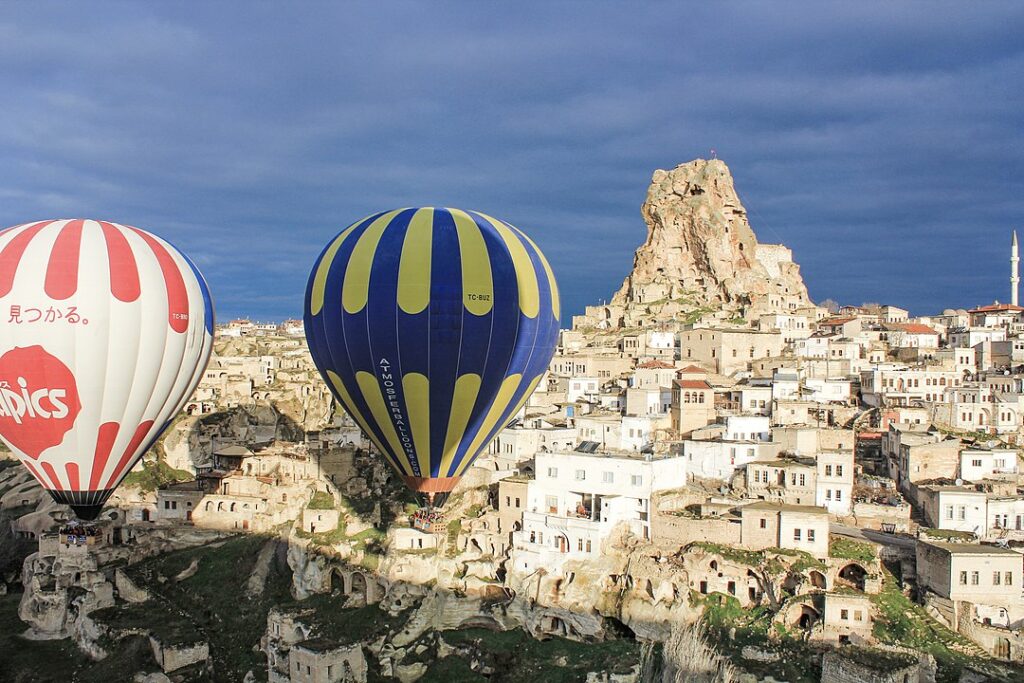
The Cappadocia region is a fairytale-like place in the Anatolian plains. A bizarrely beautiful landscape, it’s almost otherworldly, with hundreds of astonishing rock formations rising from the ground. Interspersed among the limestone pillars and spires are churches and cave dwellings carved right out of the rock – some are even available for rent as cave hotels and homes. The town of Göreme houses some of the most incredible structures in a complex of fresco-filled churches and monasteries called the Göreme Open Air Museum. This area is also famous as a destination for hot-air ballooning, with rides especially popular at sunrise, bringing a bird’s-eye view of the remarkable landscape under the early morning light. Simply watching from the ground is a breathtaking experience as dozens of colorful balloons fill the sky. Horseback riding and hiking are also popular and history enthusiasts will find plenty to love too, but it’s the stunning panoramas that are most memorable.
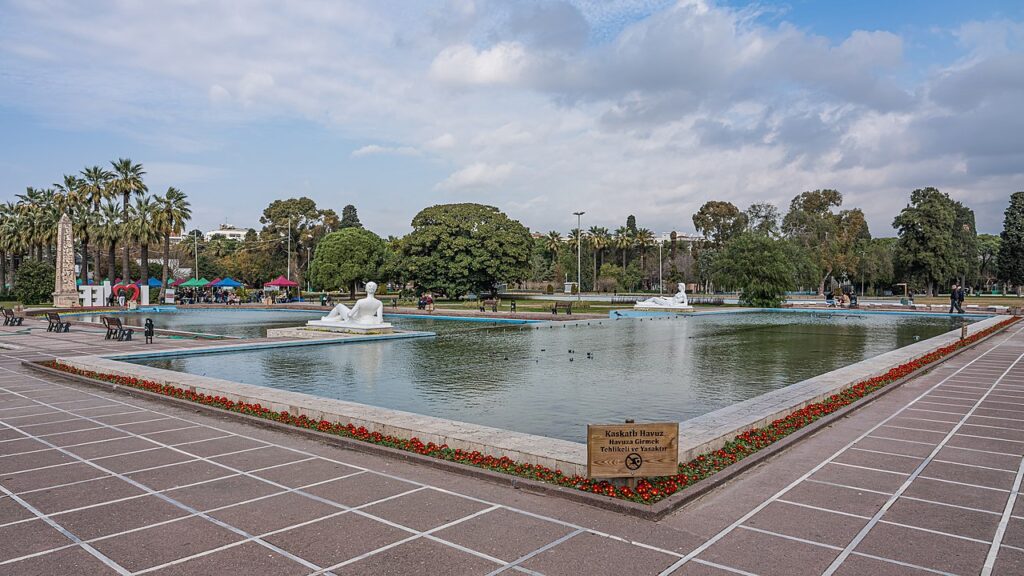
Located on a wide bay beneath a range of high hills on the Aegean coast, Izmir was once the ancient city of Smyrna, with a long, rich history although it’s now modern and developed. Turkey’s third-largest city and second biggest port is full of life, home to tens of thousands of university students and offers plenty to do after dark and during the day. The Kordon is a seaside promenade lined with enticing cafes, while Konak Pier now serves as a chic shopping center. The spiritual heart of the city is Konak Square with its 1901 clock tower, the site where modern Turkey’s fight for independence began in the wake of the First World War. From Kadifekale, the Velvet Castle, one can enjoy a jaw-dropping panoramic view over it all. Nearby, the ruins of Ephesus include terraced houses with ancient intact frescoes and a large Hellenistic theater.
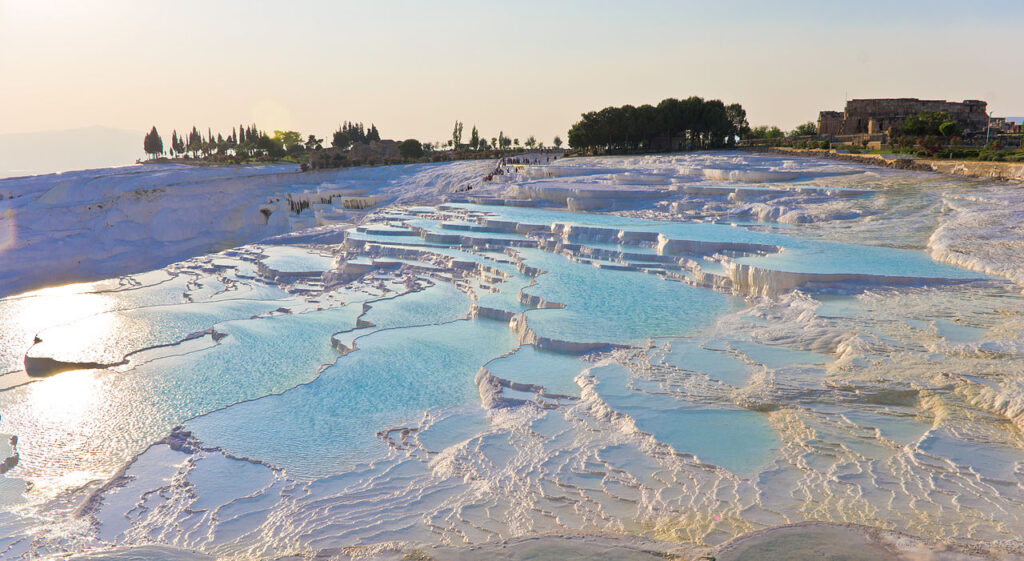
Translating to the cotton castle in Turkish, the formation of this remarkable landscape took place after a series of earthquakes. Chalk white travertine terraces developed, shaped over millennia by mineral-rich springs. In the late 2nd-century BC, an ancient city, Hierapolis was established here, with the ruins of baths, temples, and other monuments still visible today. The snow-white limestone and stunning turquoise thermal pools have been attracting visitors since the classical period, but in the mid-20th-century considerable damage was caused when hotels were built over the ruins while motorbikes were allowed to zip up and down the slopes. After it was declared a UNESCO World Heritage Site in 1988, the travertine terraces were made off-limits, the hotels demolished, and artificial pools were constructed for visitors to use. The opportunity to soak among magnificent surroundings, view the impeccably preserved Roman ruins and explore the on-site museum make it well worth a visit.
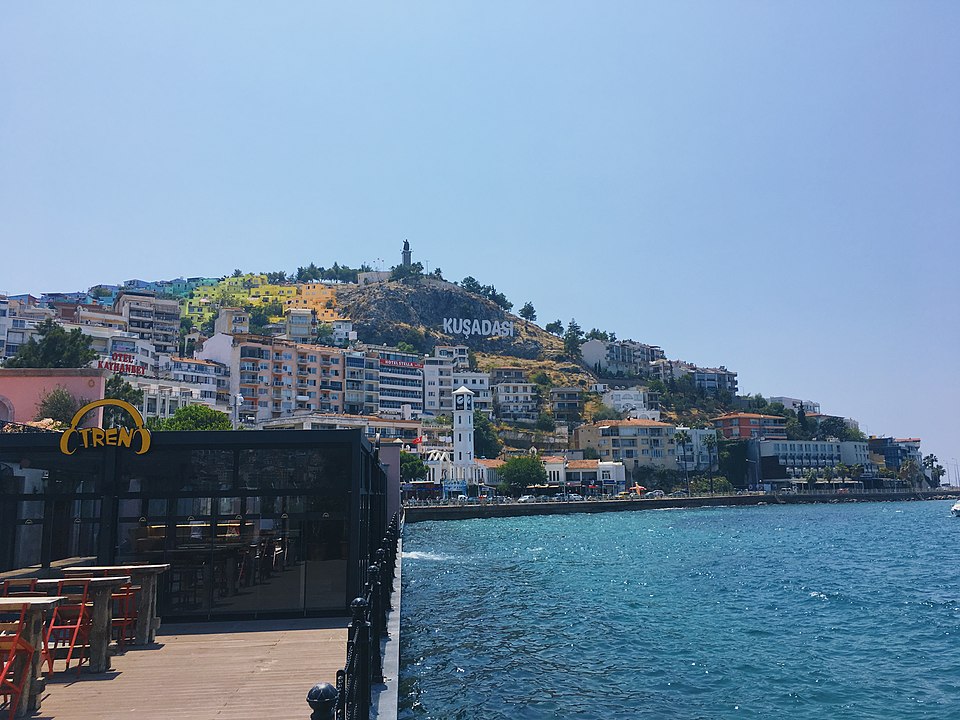
A coastal resort town, Kusadasi is a popular cruise destination with long, sandy beaches for sunbathing and swimming, while restaurants, cafes, bars, and shops are never far away. There are some stretches of sand right in the city, with the most popular, Ladies Beach, just south of its center. Many other uncrowded stretches can be found within a short drive, like Pamucak Beach. There are outstanding options in Dilek National Park, Cape Yilanci, and on Pigeon Island, you’ll find swimming beaches with a view across the bay to the city’s harbor. The small peninsula jutting out into the Aegean Sea also houses a Byzantine castle, Kusadasi’s top tourist attraction. Near the waterfront, the ‘downtown’ area offers many shops and an open-air bazaar with goods ranging from the usual type of souvenirs to Turkish rugs and fine jewelry. Nightlife is lively, with everything from cool jazz joints to Irish-themed bars.
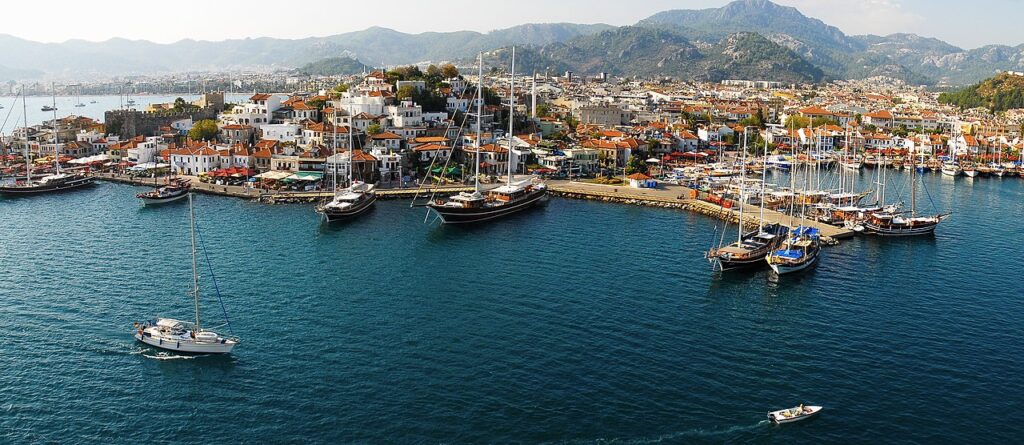
Set along the Turquoise Coast, also known as the Turkish Riviera, Marmaris is one of the region’s most popular resort towns, located in southwest Turkey. History buffs, sun worshippers, and partiers enjoy its prime location, scenic beauty, and an “anything goes” kind of atmosphere. There are plenty of bars and restaurants, shops with fantastic bargains, and a high-tech club scene. Just opposite the bazaar, Bar Street is known for its massive outdoor dance venues. Families will find lots to do as well, from boat trips to water parks. Daily cruises can bring you along the mountainous shoreline, around the turquoise coves, and to a cave that can only be reached by water. Jeep safaris are yet another option, traveling into the mountains that surround Marmaris, visiting waterfalls, beaches, and villages. Visitors of all types are sure to appreciate relaxing at a traditional Turkish bath (hammam), many of which offer massages too.
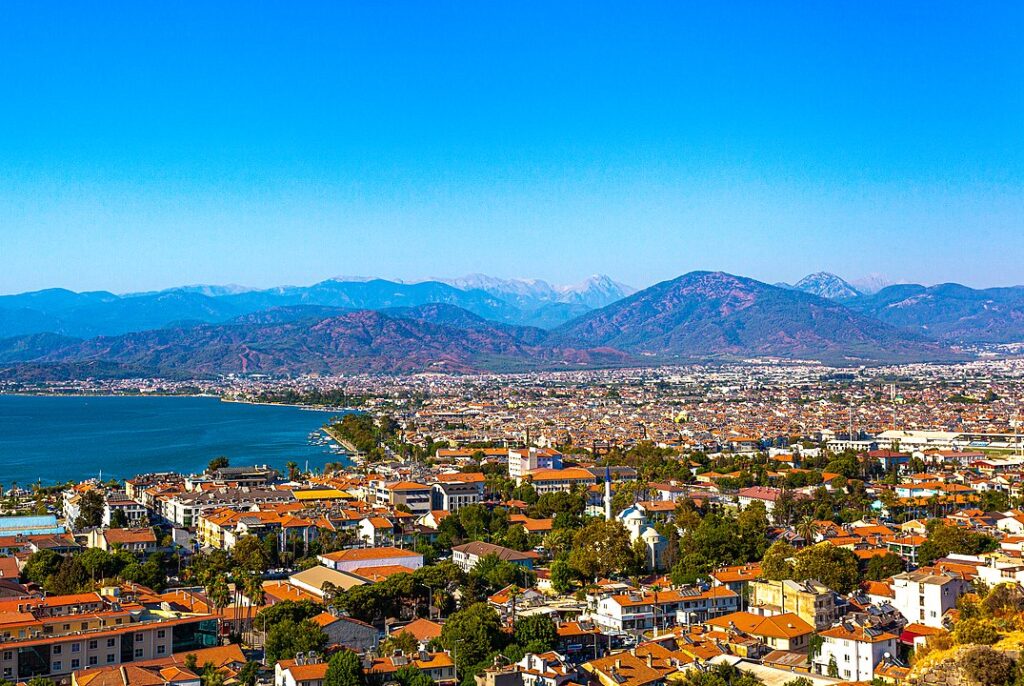
Located along the Turquoise coast about four hours south of Izmir, Fethiye was once called Telmessos, one of the Lycian civilization’s most important cities. It’s a fabulous destination for beach and history lovers, with many gorgeous stretches of white sands as well as crumbling ruins from its ancient culture that dates all the way back to around 200 BC. You’ll find many monuments scattered throughout the city, but the most renowned is the Tomb of Amyntas just south. As you climb the hill towards the tomb, you’ll see Lycian sarcophagi along the way. The Romans also left their mark, with a 2nd-century BC theater that once sat 6,000 spectators an ideal place for a spectacular view across the town and out to the sea. Ölüdeniz, the most famous beach in all of Turkey is just over nine miles away, boasting calm turquoise water with white sands rimmed by a pine forest.
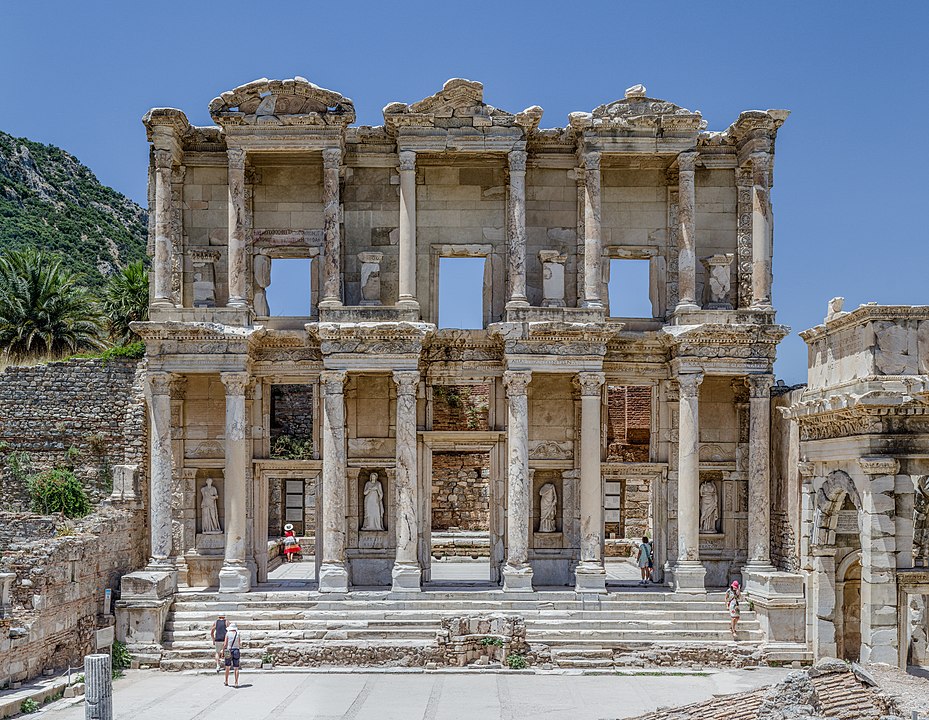
One of the best ancient sites in the world and one of the Roman Empire’s most important cities, visiting Ephesus is like traveling back in time to the grandeur of Rome. An archaeology showpiece, the incredibly well-preserved ruins were rediscovered in the late 19th-century and excavations have been ongoing ever since. You’ll see grooves in the marble-paved streets that were made by chariot wheels along with partially reconstructed monuments and buildings like the pillared façade of the Library of Celsus. At the theater where the Apostle Paul once spoke, you can test the acoustics for yourself. Strolling through and reflecting on this city that was once second only to Rome is a must for any visit to Turkey. Portable audio guides are available providing important insight as an inexpensive alternative to tourist guides, which are available in the parking lot, or you can join a tour from Izmir or Kusadasi.

This first class hotel is situated in Istanbul’s Beyoglu district, nearby the Pera Museum.
Hotel Details
This first class hotel is a fifteen minute walk from the Galata Tower.
Hotel Details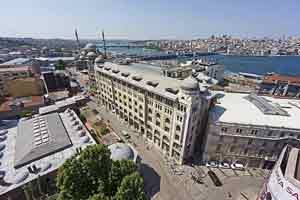
This first class hotel is a magnificent work of the National Architecture Movement and is located in the Old City peninsula.
Hotel Details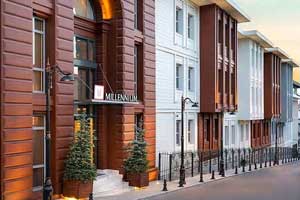
This first class hotel is located in Istanbul’s Ayvansaray neighborhood.
Hotel Details
This first class hotel is situated in Istanbul’s Karakoy neighborhood.
Hotel Details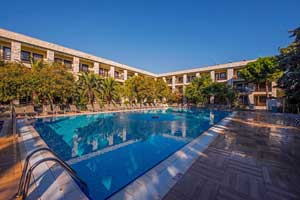
This first class hotel is located on a beach in Guzelyali.
Hotel Details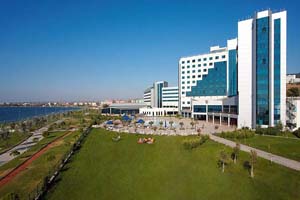
This first class hotel is located on the waterfront with views of the Strait of Dardanelles.
Hotel Details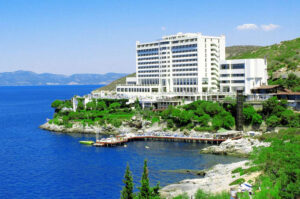
This first class hotel has an outstanding location and views of the Aegean just outside Kusadasi town center.
Hotel Details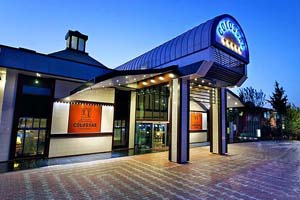
This first class hotel is located in a prime location providing easy access to major city attractions.
Hotel Details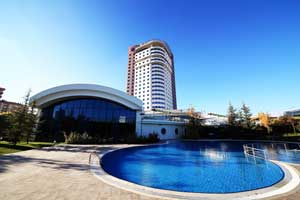
This deluxe hotel is located in the commercial and business district of Konya.
Hotel Details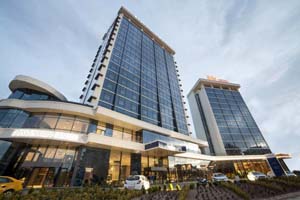
This first class hotel is located in the city of Konya.
Hotel Details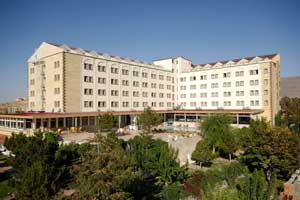
This first class hotel overlooks the picturesque hills in the lively Urgup section of Cappadocia.
Hotel Details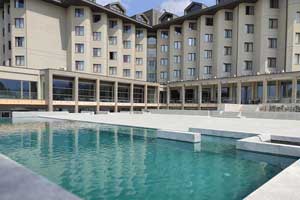
This first class hotel is located in the city center of Urgup, near Göreme National Park.
Hotel Details
This superior first class hotel is about a ten minute drive from the city center of Ankara.
Hotel Details
This deluxe hotel is located in a residential area of Turkey’s capital.
Hotel Details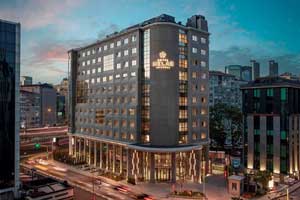
This first class hotel is located in Istanbul on the European side.
Hotel Details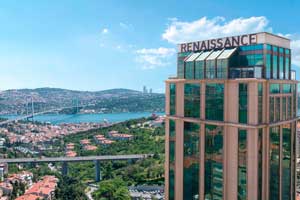
This first class hotel is situated in the Besiktas area of Istanbul.
Known as the “land of beautiful horses,” Cappadocia is renowned for its wild mountain ponies and alien-like landscapes with unique rock formations that look unlike anything you’ve probably ever seen. While the views at ground level are truly breathtaking, the magnificent natural grandeur of the area is best taken in from above, which is why this has become one of the world’s most popular places for a hot-air balloon. You’ll be able to gaze down at the ethereal “fairy chimneys,” with remarkable pillars and limestone spires as well as dwellings and other structures carved into the rock. This may be the only place on the planet where hundreds of balloons soar up into the sky some 250 days of the year. While April through November are the best time to enjoy this experience of a lifetime, provided the winds aren’t too strong, winter can be especially magical too.

While a bird’s-eye view of Cappadocia’s landscape is really a must, seeing the towering phallic-like rock formations up close is something you’ll definitely want to do. Asiklar Vadisi, which translates to the “Valley of Love” is arguably the best hike you can embark on to marvel at them from the ground and it’s within walking distance from Goreme. One can easily explore them within a couple of hours at most as they’re clustered together about 10 minutes on foot from the edge of the valley. When in need of a little shade and a refreshing drink there’s a small café in the middle, the perfect spot to escape the searing sun and sip an icy cold Efes (Turkish beer). For a longer trek, extend it by continuing through to Uchisar Castle, a centuries-old citadel set on a volcanic rock outcrop at the highest point in Cappadocia, delivering awe-inspiring views from the top.
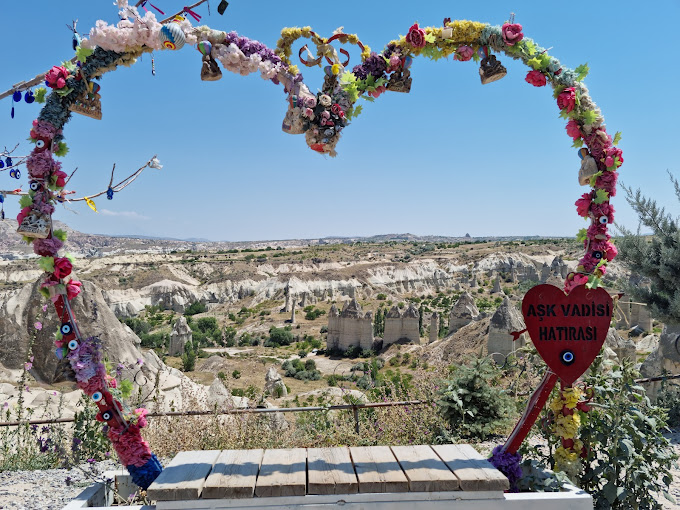
Thanks to Goreme’s many subterranean structures, including cave dwellings and cave hotels, spending the night in one provides the total experience in this unique region. These aren’t simply dark holes in the rock with hard ground to lay your head down and bats flying around, there are many that are rather luxurious along with more budget-friendly options too. You’ll find hotels as well as Airbnb rentals with something for just about every taste. And, just because they’re carved from caves that doesn’t mean you won’t have a view. Many include roof terraces, perfect for watching the sun come up and the countless colorful hot-air balloons rise into the sky. The nature cave home rentals on Airbnb often include high-end amenities like home theater systems with Smart TVs, Blu-ray players, Wi-Fi, and kitchens for cooking your own meals too. The Mysterious Cave Suites hotel even offers romantic rooms with Jacuzzis and fireplaces.
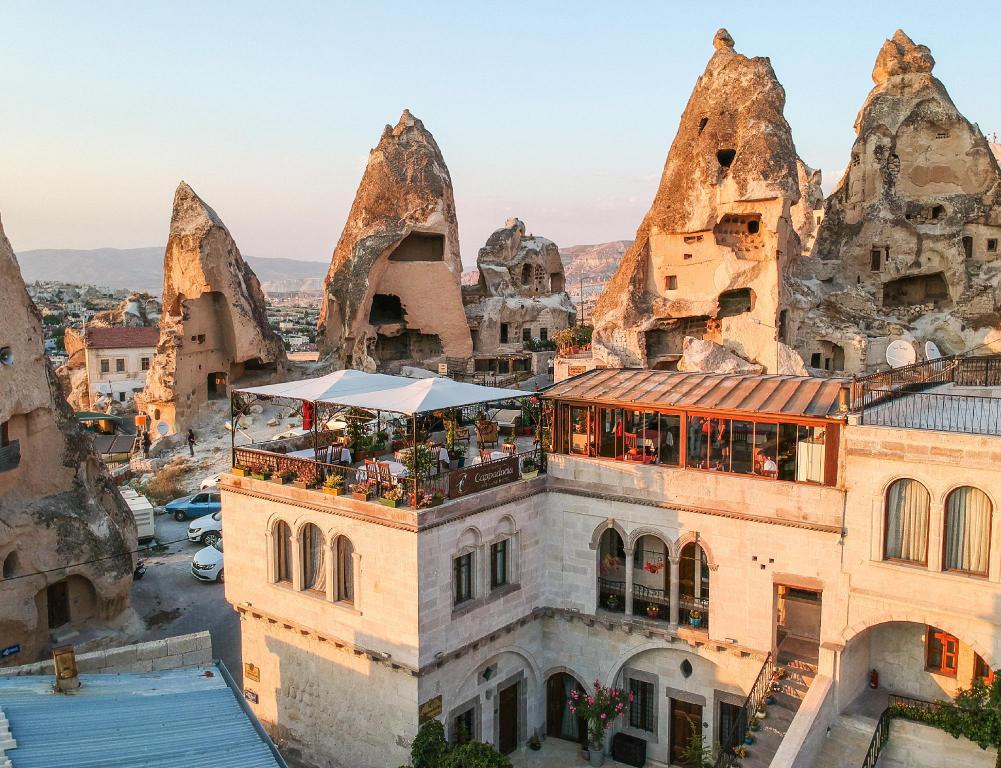
Ephesus was a major trade center in the ancient world, with its history dating all the way back to the 10th-century BC. In 2015, it was named a UNESCO World Heritage Site for its “exceptional testimony to Hellenistic, Roman Imperial, and early Christian periods.” The cultural traditions from those eras can be seen among the impressive ruins of Hadrian’s Gate, the Temple of Hadrian, and Celsus Library, built in 117 AD to store some 12,000 scrolls as one of the largest at the time. There are statues, aqueducts, and remarkable terrace homes. The homes contain gorgeous frescoes and mosaics, where you’ll be able to see the painstaking work it took for archaeologists to put the broken tiles back together. One could easily wander for hours, walking around the excavated and reconstructed structures that make it easy to imagine how people lived their lives during these ancient times.

Ölüdeniz is a resort town on Turkey’s southwest coast, famous for its dazzling blue lagoon with brilliant turquoise waters and the white sands of Belcekiz Beach. It’s the most famous beach in the country and one of the most beautiful scenes, enjoying a backdrop of pine forest and Babadağ Mountain. The drive to the top of the mountain is spectacular in itself, with twists and turns revealing one majestic view after another. And once you reach the summit, this is where paragliders take off, enjoying the view from above while floating through the sky, arguably the closest way you’ll get to actually flying without having wings. Of course, you won’t be left on your own, it’s a tandem ride with an expert so all you have to do is enjoy the rush that comes with those jaw-dropping aerial Mediterranean views, from the forested slopes to the sea, before landing on the beach below.
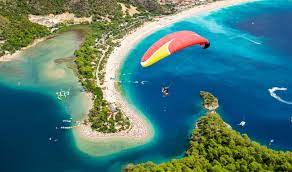
Istanbul offers many attractions, but two of the most iconic are the Spice Bazaar and Suleymaniye Mosque, the city’s most important mosque, considered one of the greatest masterpieces created by imperial architect Mimar Sinan. The Grand Bazaar is no tourist trap, it’s a place where many locals come to shop on a daily basis. Turkish residents tend to be much better at bargaining, so you’ll want to get your game on before exploring the world’s largest covered bazaar with some 60 streets that are lined with dozens of restaurants, thousands of shops, and 12 mosques. Taking it all in, the sights, sounds, the tastes of the local cuisine, haggling for those famous intricately patterned carpets, leather, hand-painted ceramics, Byzantine jewellery, and more, is all part of the experience. The mosque, constructed in the 16th-century, crowns one of the city’s seven hills, dominating the Golden Horn, stunningly beautiful inside and out.

Built in the 7th Century AD, Keslik Monastery is located in the southern part of Cappadocia, and like many of the buildings here, it was carved right out of the rock. It’s an extensive complex with churches, living and sleeping quarters, kitchens, and magnificent frescoes that depict bible scenes. One of the highlights is the Archangel Michael Church with its ceiling that includes the Ascension scene, with angels lifting Jesus to heaven. The entrance arch features Jesus healing the Paralytic, emphasizing the lame man on a mat. All the images in the nave are beautifully painted and remarkably well-preserved. Cappadocia is also known for its underground cities, with Derinkuyu the deepest of them all in Turkey, extending nearly 300 feet underground. Just a short distance from the monastery, it’s large enough to have provided shelter to as many as 20,000, offering the chance to stroll through structures with a network of rooms spread over multiple levels.
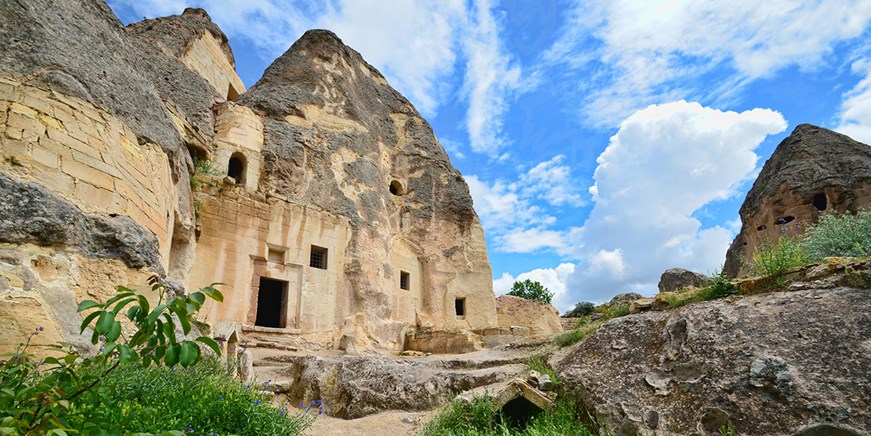
The months of April and May are considered a “shoulder” season which can be an ideal time to visit Turkey. The weather is typically quite pleasant with mild temperatures averaging in the low 70s °F (about 20° C) in Istanbul. While there is a possibility of rain, the month of May sees just over 1.5 “(40mm) on average, typically in the form of occasional light afternoon showers.
Although you won’t be able to avoid the crowds entirely in the capital city as it’s one of the world’s most popular destination, they won’t be at their worst, and in other areas, it’s unlikely to be too busy. Flowers will be starting to bloom across the country, and you may be able to find some discounts on accommodation and airfare too.
Good to Know: If you’re planning to visit the Turquoise Coast, May is your better bet to ensure the water will be warm enough for swimming and that the hotels/resorts will have opened for the season.
Summer is the high season in Turkey. While it’s not the best time for exploring inland areas due to the stifling heat, it’s perfect for a beach escape. The hot weather (averaging in the low to mid 30s° C) is tempered by the sea breeze along the Aegean and Mediterranean coasts. This is the time for swimming, with the water warm and rainfall rare. In Istanbul’s trendy village of Bebek in the Bosporus district, evenings are lovely enjoyed in the many outdoor cafes.
As the summer months are the busiest time of year, you’ll want to book your accommodation, airfare and other reservations/tickets well in advance and be prepared to pay the highest prices of the year. If you hope to visit major attractions, aim for early morning hours or late in the day to avoid the longest lines and biggest crowds.
Good to Know: There are some fabulous summer festivals, like the three-week-long International Jazz Festival featuring big-name jazz artists in Istanbul in July. This is also an ideal time for sailing and cruises on the Bosporus.
In early September, it will still be hot and dry but as the month progresses, the heat will fade with temperatures taking a significant dip. The average afternoon high is quite pleasant at 77°F (25°C) and there is very little rain now, although in late September you may experience some wet weather. The beaches along the Turquoise Coast will be especially enjoyable with the crowds diminishing and the sea still warm. By October, things usually change, with hotels and resorts starting to shut down for the season as the autumn breeze blows in and rain increases, making it feel much cooler.
October can be a great month for hiking and exploring the country’s ancient heritage. While Istanbul is always bustling, waiting in line won’t be nearly as uncomfortable as it is in the summer. You’ll also have a better chance of finding some discounted room rates and airfare.
Good to Know: The Cappadocia region may best be known for its unique rock formations, but it’s also renowned for its picturesque vineyards. September/October is great for wine enthusiasts who can the grape harvest season with its multiple wine events.
Late fall through winter is generally the low season in Turkey, with snow a possibility in many areas other than the southeast around Antalya. It’s very likely in Cappadocia, particularly in January or February. In Istanbul, temperatures will be at their coldest of the year in January, with highs averaging around 46°F/8°C, dipping to just above freezing at night. This obviously isn’t the best time to visit for a beach getaway, and many of the hotels and resorts will be shut down anyway, but it is ideal for skiing in the mountains at popular places like Kartepe or Erzurum.
For those who want to take in Istanbul’s sights without enduring the long lines and crowds of summer, and don’t mind bundling up, winter can be a great time to come as the city will be at its quietest. It’s also the best period to visit for a more budget-friendly trip, with prices at their lowest of the year.
Good to Know: While Turkey is a Muslim country, there are Christmas markets in Istanbul that reflect its eclectic infusion of cultures, including some selling traditional items like mulled wine along with baklava.

S. Srinivasan
+91 8610779636
Talk to our expert for further enquiry about tour and destination packages. We are here to help you 24/7 and recommend you budget packages.
